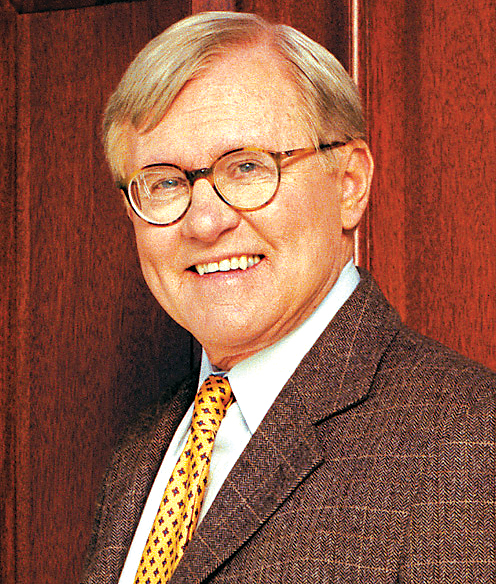The field of mobility is undergoing dramatic disruption on a daily basis. For those who follow traditional transportation issues (like me), the old paradigm was one of very gradual change and very little disruption. Change was principally driven by oil prices, which drove demand for fuel efficiency, and safety improvements, which drove demand for new features in automobiles that were gradually adopted.
Today, reports about autonomous vehicles, electric vehicles and the shared mobility industry dominate news cycles in ways not seen since Henry Ford revolutionized transportation in the early 1900s. These three disruptive trends combined have allowed us to reimagine our relationship with the single-occupant automobile. And the combination of these three trends now has its own name – “mobility as a service” (MaaS).
MaaS invokes the idea that residents in urban environments will someday soon have a subscription to an automobile, rather than own an automobile outright. In essence, they will be able to use a vehicle for their mobility needs when and where they need it. They may or may not get the same vehicle every time, but based on their subscription, they will be guaranteed a certain quality of vehicle. When the vehicle is not transporting people to and from work, it will be actively engaged in the shared mobility industry, providing rides to and from appointments, delivering people to the airport, and shuttling children home from school.
In addition, this vehicle will be autonomous and electric. The use of autonomous technology to deliver this service will greatly expand the pool of eligible travelers, providing new mobility options for the elderly, children and the infirm. The use of electric vehicles will also have the distinct benefit of reducing or eliminating our dependence on fossil fuels to meet our mobility needs.
Fundamental Changes
So how will this new mobility paradigm make our transportation system more sustainable? One immediate outcome is the socially sustainable benefit of improving mobility for vulnerable populations. In addition, the elimination of the internal combustion engine (which many believe will be out of mass production in 2030) will significantly reduce greenhouse gas emissions.
But a closer look reveals more fundamental changes in our mobility system resulting in a more sustainable approach to transportation. For instance, the shared mobility economy itself is more sustainable than the traditional approach of owning one, two or even three cars. Today’s vehicles are moving for 5 percent of the time, and parked for 95 percent of the time. By prioritizing functionality over ownership, the shared mobility economy is a circular business model. It results in sustainable intensification in the use of a single product, rather than the production of more products.
Another sustainable aspect of the future of mobility is the likelihood that one entity will manufacture, own, operate, maintain, insure and dispose of autonomous, electric vehicles. Most experts agree that MaaS will result in companies like Ford, Uber, Waymo and others performing all of these future roles. For instance, it is highly likely that Ford (which is already rebranding itself as a mobility service company) will both manufacture our vehicles and offer a subscription for the use of the vehicles. Ford will be responsible for every aspect of that vehicle, from assembly through disposal. As a result, they will be very keen to make sure that vehicles will last as long as possible and can easily be refurbished. The days of planned obsolescence will be gone, in favor of a world where vehicles are operated up to 500,000 or 1 million miles, and are subsequently fully recycled to reduce material costs. This will affect the supply side and the demand side of the sustainability equation, reducing waste, improving resource efficiency and lowering demand for natural resources.
The future of mobility is a world of collaborative consumption, due to reduced materialism in the transportation sector. This trend has already begun in the United States, with the Millennial generation largely eschewing the traditional infatuation with cars. Instead, Millennials (generally) would prefer not to own a car. They see cars as tools, not hobbies or materials to collect. They have already made the shift to a sustainable lifestyle in their mobility decisions.
The introduction of mobility as a service, which has already occurred and is accelerating rapidly, provides renewed excitement about the potential for a circular economy in the consumer mobility sector. The potential of collaborative consumption, reduced or eliminated fossil fuel dependency, significantly extending the life of automobiles and fully recycling automobiles is a game changer. Our planet will thank us.
William F. Lyons Jr. is president of Fort Hill Cos. of Boston.







